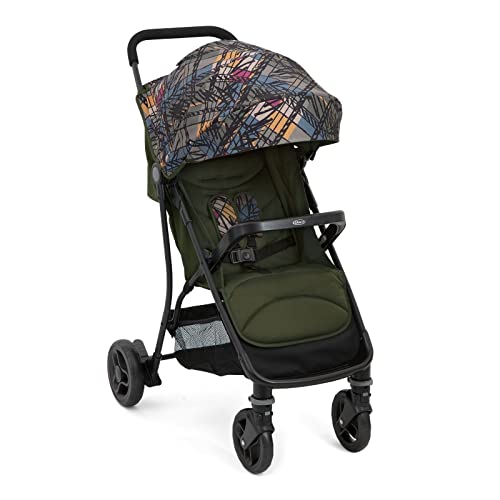What is a Pushchair Single?
A single pushchair is designed to hold just one child. Some can be used from birth using a carrycot or car seat. Some are lightweight, and some can be converted into double.
It is modern with a elegant design and features that make it a popular for families, including height-adjustable handlebars and large shopping basket. It also has machine-washable fabrics and an earmuff that is a must-have accessory for colder weather.

Convertible
Convertible strollers are an excellent alternative for parents looking for a stroller that grows with their child. This type of stroller has a hammock seat which can be transformed into a carrycot. It's a good choice for babies. It's also light and easy to fold.
A first-of-its-kind one-of-a-kind Larktale crossover is a stroller/wagon that easily converts to a double-seater with no tools needed. It is a great option for parents as it comes with numerous features, including an extensive undercarriage in both modes as well as an organizer that hangs from the push bar. There are a few drawbacks, such as the confusion of the zipper that connects to the seat's back in wagon-mode and the size of cup holders.
Brakes
A well-built pushchair will come with several brake systems. The hand brake is typically an incredibly small lever-like device on the chassis. It is possible to turn it down to stop the pushchair and then push it back up to continue. This is particularly useful in urban terrain in which you might need to slow down rapidly on the pavements in shopping centres where pedestrians might be present. The front wheel brake system can be used on top-of-the-line pushchairs such as the phil&teds Dash or Bugaboo Cameleon 3. It is activated the same way as a bicycle's brake. This is especially useful when you're crossing rough terrain or running because it stops the pushchair straight away and ensures your child's safety.
The left coupling system 171 that connects the rear leg 57 and front leg 19 has a rear leg mounting bar 173 to which the rear leg 57 is permanently connected; a gear 175 that is mounted on an end surface 163 of the housing 33 disposed within hub 3 and a bushing 177 connected to gear 175 and extending through a slot 179 provided at the end of the mounting bar 173 and a cable 183 that is designed to wrap around J-shaped spool component 181 as well as the post 31 of the front leg 19. This arrangement causes the rear legs 19 and 57 to rotate in the direction of the arrow A 3 to open.
The brake system 215 consists of the first end, 227, which is designed to be in contact with the brake cams in the second position. It also has an additional end, 229. The second end of brake lever 229 is equipped with a number of teeth 231. The teeth are designed to be able to engage the teeth 232 of a gear 233 driven by a first rear wheel 59 of the stroller 1. When the brake lever is depressed, the braking cam prevents the rotation of the first rear wheel 59 and movement of the stroller 1. The brake system is operated by hand.
Seat unit/carrycot
A pushchair single is an infant travel unit designed for babies older than 6 months who are beginning to sit up. They are often converted into a pram. Prams are more modern and designed for babies to toddlers. They are padded to ensure your child is comfortable.
Many pushchairs can be combined together with car seats to create a travel system bundle. perfect for transferring sleepy babies from the car and into the pushchair without causing any disturbance. Some also feature a carrycot which is ideal for babies, while some have a seat unit which they can use when your baby is ready to switch from the carrycot.
Most pushchairs that are 'from birth' allow you to choose the "facing direction" of the car seat or seat unit. You can choose to face your child's parent to bond and reassure your baby, or face the world so that they can explore the world. Some pushchairs even have the option to connect an additional carrycot or infant carrier, or ride-on board for growing families.
A quality pushchair must be able to move smoothly over a variety terrains, including grass, pavements, and rough surfaces. A sturdy frame that's designed to last is crucial, and so is the choice of tyres. Some tyres require air to be added periodically, while others are made from other materials like EVA or PU, which provide a smooth ride.
It's worthwhile to invest in a pushchair that's easy to clean and maintain. You can get rid of crumbs and spills with a baby-wipe. However, if Push Chairs And Prams want to remove more stubborn marks, try using the hot air from a hair dryer for 1-2 minutes.
